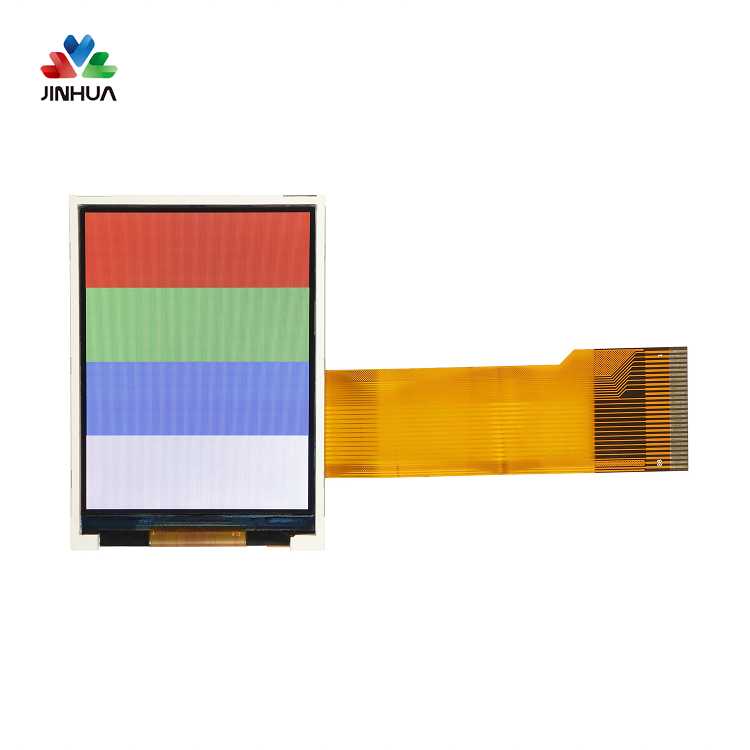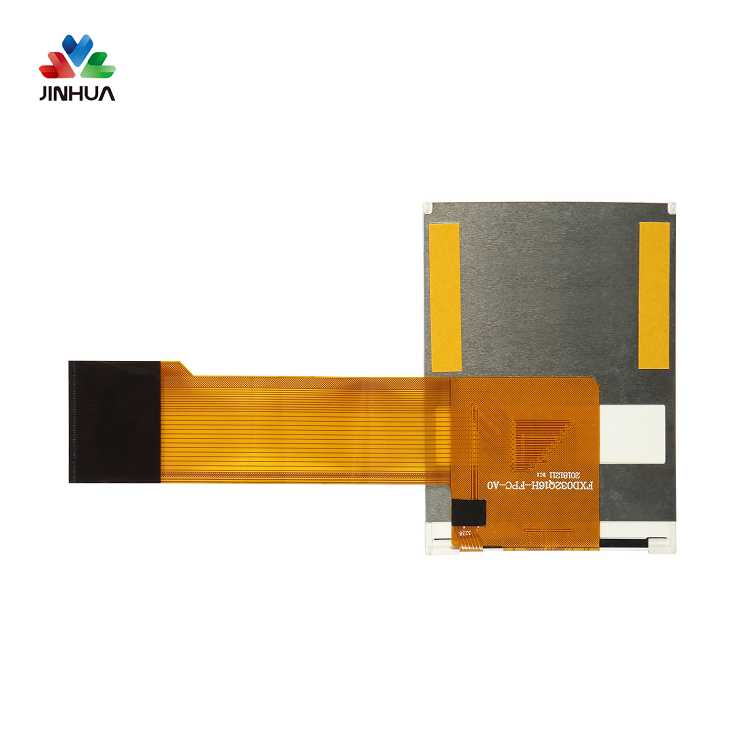3. Contrast
Contrast is defined as the ratio of the maximum brightness value (full white) divided by the minimum brightness value (full black). The larger the contrast, the better the display. The problem of contrast does not occur in CRT screens because their contrast value is usually as high as 500:1, so that the picture quality of CRT monitors can be compared with the developed photos. It is easy to present a truly black screen on a CRT monitor, but it is quite difficult for TFT-LCD. It is difficult for the backlight source formed by the cold cathode ray tube to perform a fast switching action, so the backlight source is always on. In order to obtain a black screen, the liquid crystal module must completely block the light from the backlight. However, in terms of physical characteristics, these components cannot fully meet this requirement --- there will always be some light leakage. Manufacturers have also been committed to the improvement of light leakage. The acceptable contrast value for a human eye is about 250:1
The higher the contrast, the more color levels can be distinguished.
4. Response time:
The smaller the response time, the better. It reflects the speed at which each pixel of the liquid crystal display reacts to the input signal, that is, the speed at which the pixel changes from dark to bright or bright to dark. The shorter the response time is, the user will not feel the drag of the trailing shadow when watching the motion picture. Generally, the reaction rate is divided into two parts: Rising and Falling; and the expression is based on the sum of the two. Many TFT-LCDs have problems with animation display, the reason is that the response time of the liquid crystal is too long. The response time of the shared monitor should be between 20" and 30ms. Compared with the standard movie format, the movie can display 25 pictures per second (each picture is about 40ms). When passing the animation of villages or flags flying, blurry shadows will appear. However, this does not mean that the LCD cannot be used as a video playback device. For most applications, its response speed is sufficient.
Many TFT-LCDs have problems with animation display, the reason is that the response time of the liquid crystal is too long. The response time of the shared monitor should be between 20" and 30ms. Compared with the standard movie format, the movie can display 25 pictures per second (each picture is about 40ms). When passing the animation of villages or flags flying, blurry shadows will appear. However, this does not mean that the LCD cannot be used as a video playback device. For most applications, its response speed is sufficient.
At the beginning of 2000, the response time of most LCD monitors was around 50 ms, and the contrast ratio was poor (200:1). In 2001 and 2002, the response time of typical LCD segment displays was mostly around 30 ms, the contrast ratio was 300:1, and the brightness was around 250 cd/m. We can use the following simple calculations to actually see how big the progress is.
Response time 50 ms = 1/ 0.050 = The monitor can display 20 frames per second
Response time 30 ms = 1/ 0.030 = The display can display 33 frames per second
Note 1: When the speed exceeds 25 frames per second, the human eye will regard the constantly changing picture as a continuous image.
5. Point pitch:
It is the horizontal distance between two adjacent filters of the same color on the filter, that is, the distance between adjacent pixels. The color filter is composed of red, green, and blue filters that are regularly fabricated on a large glass substrate. Each pixel (dot) is composed of three color units or called sub-pixels. This also means that if a panel has a resolution of 1280X1024, it actually has 3840X1024 transistors and sub-pixels. A 15.1-inch LCD monitor (resolution 1024x768) has a dot pitch of 0.0118 inches (0.3mm); and an 18.1 inch LCD monitor (1280x1024 resolution) has a dot pitch of 0.01 inches (0.28mm).
One TFT pixel. The upper left corner (gray rectangle) of each sub-pixel is an opaque thin film transistor, and the color filter can generate the three primary colors of RGB.
The smaller the dot pitch of the monitor, the higher the resolution. However, because the visual range of the display is limited, once the resolution is extended, the light transmittance is bound to decrease. For example, a 15-inch display (with a diagonal length of 38cm) and a dot pitch of 0.0118 inches (0.297mm). When the resolution is increased to 1280x1024, the amount of light transmitted per pixel decreases and becomes meaningless.






 English
English Deutsch
Deutsch русский
русский español
español العربية
العربية



 IPv6 network supported
IPv6 network supported
